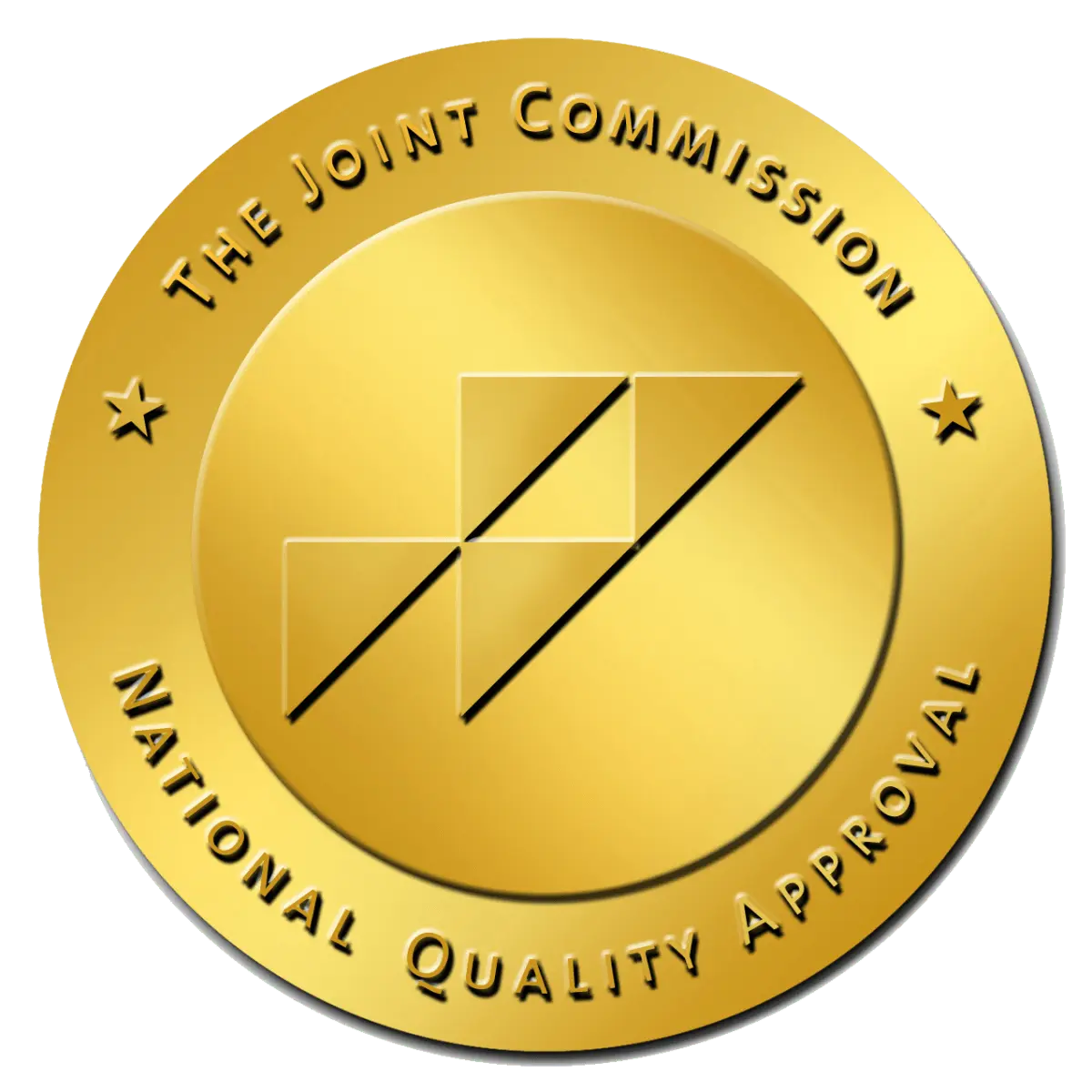How Long Does Cocaine Stay in Your System?
Written by: Michelle Beaupre, PhD, LCSW | Reviewed by: Christian Small, MD
Cocaine is a potent stimulant drug commonly used recreationally for its short-term euphoric effects, such as increased energy, heightened alertness, and a sense of well-being. Despite its perceived appeal, cocaine carries significant risks, including severe physical, mental, and emotional consequences. One question frequently asked about cocaine is: How long does it stay in your system? The answer to this depends on several factors, including the method of ingestion, frequency and amount of use, and individual variations in metabolism. Gaining a better understanding of how cocaine is processed in the body can help clarify how long it remains detectable in drug tests and highlight the health risks associated with its use.
Cocaine metabolizes quickly in the body, and while its effects are short-lived—lasting only minutes to an hour—the drug and its byproducts can linger much longer. Detection windows vary based on the type of drug test performed and the individual’s unique circumstances, which makes it essential to understand the variables involved.

Cocaine Metabolism and How the Body Processes It
Cocaine is absorbed into the bloodstream rapidly, particularly when smoked or injected. Once in the body, it is metabolized primarily in the liver into byproducts, including benzoylecgonine and ecgonine methyl ester. These metabolites linger in the body long after the drug’s immediate effects have dissipated. In most drug tests, these metabolites are detected rather than cocaine itself, as they provide a longer window for identifying substance use.
The immediate effects of cocaine, such as euphoria and increased energy, are short-lived, lasting approximately 15 to 30 minutes when snorted and about 5 to 10 minutes when smoked. However, the detection window for cocaine and its metabolites varies depending on the testing method used. In blood tests, cocaine may be detected up to 48 hours after use. Urine tests, the most common method, can identify metabolites for up to 3 or 4 days in occasional users and as long as two weeks in chronic users. Saliva tests typically detect cocaine within one to two days of use, while hair tests offer the most extended detection period, often identifying cocaine use several months after exposure, depending on hair length and growth rate.
These timelines can vary based on individual factors, including metabolism, dosage, frequency of use, and the testing method employed. Understanding how cocaine is processed in the body provides valuable insight into its potential health impacts and the importance of early detection and intervention.
Factors That Affect How Long Cocaine Stays in Your System
The amount of time cocaine remains detectable in the body depends on various factors that affect how it is metabolized and eliminated. Here are the primary influences:
- Frequency of Use: Chronic or long-term use leads to the accumulation of cocaine metabolites in the body, prolonging their detection. Occasional users typically eliminate the drug faster than those who use it regularly.
- Dosage: Higher doses of cocaine result in more metabolites being produced, which the body takes longer to process. More significant amounts can significantly extend the detection window.
- Method of Use: The way cocaine is consumed affects both the intensity of its effects and its duration in the system.
- Individual Metabolism: Each person’s metabolic rate influences how quickly their body processes cocaine.
- Drug Purity: Cocaine is often cut with other substances, which can impact its metabolism.
Understanding these factors is essential for accurately determining detection windows and developing personalized treatment and recovery approaches. These variables highlight why no single timeline applies universally to all individuals.
Health Risks of Cocaine Use
While cocaine may produce short-term effects like increased energy, heightened alertness, and a temporary sense of euphoria, these fleeting highs come with significant health risks. The physical and psychological consequences of cocaine use, particularly with long-term or repeated use, are severe and often life-altering.
One notable risk is the damage caused to the nasal tissues and septum from chronic snorting, a condition commonly referred to as “cocaine nose.” Prolonged irritation from the drug can lead to persistent nosebleeds, breathing difficulties, and, in severe cases, the collapse of the nasal septum. This damage is often irreversible without surgical intervention.
Cocaine use also affects the eyes, a condition sometimes described as “cocaine eyes.” This includes dilated pupils, increased sensitivity to light, and potential damage to the blood vessels in the eyes, which can cause visual disturbances and long-term harm.
Cardiovascular issues are another significant concern, as cocaine use places immense strain on the heart and circulatory system. Users frequently experience elevated blood pressure and irregular heart rhythms, which increase the likelihood of heart attacks, strokes, and other life-threatening cardiovascular events.
In addition to physical health risks, cocaine has profound effects on mental health. Symptoms of anxiety, paranoia, and depression often accompany chronic use. These psychological impacts can persist even after discontinuing use, usually requiring comprehensive mental health treatment to address the underlying issues and support recovery.
The cumulative effects of cocaine use highlight the drug’s destructive potential, emphasizing the need for early intervention and comprehensive treatment to mitigate these risks and support long-term health.
Treatment Options for Cocaine Addiction
Cocaine addiction can take a devastating toll on an individual’s physical and mental health, relationships, and overall quality of life. Recognizing the signs of addiction and seeking professional help is crucial for recovery. Some common symptoms include:
- Persistent cravings
- Financial or legal troubles related to drug use
- Physical symptoms such as cocaine eyes
- Increased tolerance, requiring more of the drug to achieve the same effects
At Villa Oasis, we provide a comprehensive range of treatment options designed to address the unique needs of individuals struggling with cocaine addiction. Our programs begin with detoxification, the critical first step in recovery, which involves safely removing cocaine from the body under the close supervision of medical professionals. This process helps to mitigate withdrawal symptoms and ensure the individual’s safety during the initial stages of treatment.
Medication-assisted treatment (MAT) may be employed for those requiring additional support. While MAT is more commonly associated with opioid addiction, certain medications can help manage withdrawal symptoms and reduce cravings during cocaine recovery, providing a more stable path toward sobriety.
Residential treatment offers a structured, immersive environment where individuals can focus entirely on their healing process without external distractions. This level of care provides a strong foundation for recovery through evidence-based therapies and personalized support. For those who have completed residential treatment or require a more flexible approach, we offer outpatient programs, including intensive outpatient (IOP) and partial hospitalization programs (PHP). These options allow individuals to maintain their daily responsibilities while receiving structured therapy and support.
Our sober living homes provide a safe, community-oriented environment for ongoing support and accountability. They promote long-term sobriety by fostering a sense of connection and responsibility among residents and offer a supportive transition back to independent living. Each program at Villa Oasis is tailored to meet the specific needs of the individual, ensuring a comprehensive and practical approach to overcoming cocaine addiction.

Why Choose Villa Oasis for Cocaine Addiction Treatment?
Located in a serene setting, Villa Oasis provides a luxurious yet compassionate environment for recovery. Our team of experienced professionals takes a holistic approach to treatment, addressing not only the addiction but also the underlying factors contributing to substance use. From evidence-based therapies to amenities that promote relaxation and wellness, Villa Oasis is dedicated to helping individuals reclaim their lives.
Understanding how cocaine affects the body and its risks can help prevent misuse. Education about issues like the presence of fentanyl in cocaine and the dangers of synthetic drugs such as pink cocaine can save lives. Open conversations about drug use, along with resources for prevention and treatment, play a vital role in combating addiction.
If you or someone you know is struggling with cocaine addiction, professional help is available. At Villa Oasis, we provide the support, tools, and resources needed to overcome addiction and build a fulfilling, drug-free life.
Cocaine Addiction Treatment at Villa Oasis
Cocaine addiction is a complex condition that can have far-reaching effects on an individual’s physical, emotional, and social well-being. At Villa Oasis, we provide evidence-based, comprehensive treatment programs tailored to address the unique challenges of cocaine addiction. Our approach focuses on not only helping individuals detox from cocaine but also addressing the underlying factors that contribute to substance use.
The treatment process begins with a medically supervised detox, where individuals are supported through withdrawal in a safe and controlled environment. Once stabilized, clients transition to structured therapies that include traditional and holistic methods. These therapies are designed to help individuals understand the root causes of their addiction, develop healthy coping mechanisms, and rebuild a foundation for a fulfilling life.
Villa Oasis offers various levels of care, including residential treatment, outpatient programs, and sober living options, ensuring that each individual receives the proper support for their recovery journey. Our experienced team provides personalized care, ensuring that treatment plans are tailored to meet each client’s specific needs.
Recovery is possible, and taking the first step is crucial. Villa Oasis is committed to providing compassionate, professional care to help individuals overcome cocaine addiction and achieve lasting wellness. Contact us today to learn more about our specialized programs and begin the path to a healthier, drug-free future.

